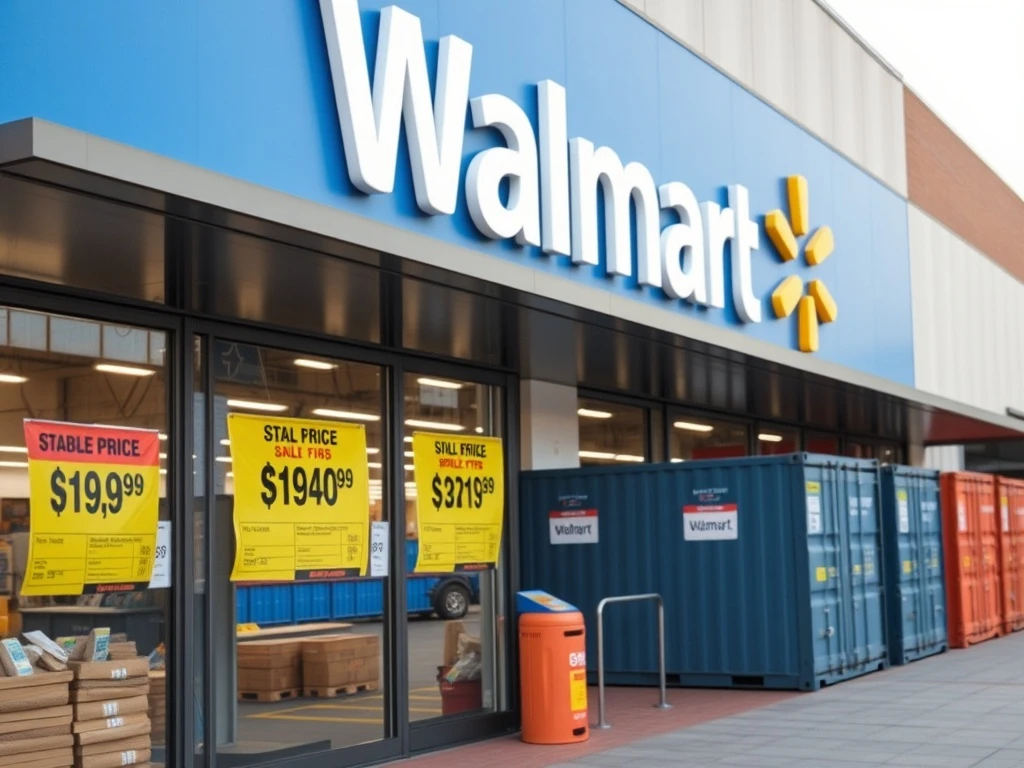Walmart executives confirm rising tariff pressures are increasing operational costs significantly, yet the retail giant maintains its commitment to shield consumers from immediate price increases through strategic business adaptations.
Walmart Tariffs Create Substantial Cost Pressures
Recent trade policy changes have imposed considerable cost increases on major retailers. Consequently, Walmart faces mounting expenses across multiple product categories. The company’s supply chain teams actively work to mitigate these financial impacts through various strategies:
- Supplier negotiations for better terms and pricing
- Supply chain diversification to reduce dependency on affected regions
- Operational efficiency improvements throughout distribution networks
Consumer Protection Remains Priority Despite Walmart Tariffs
Company leadership emphasizes customer value preservation above all other considerations. Therefore, Walmart absorbs additional costs rather than passing them to shoppers immediately. This approach maintains competitive pricing while managing margin pressures internally. However, executives acknowledge this strategy cannot continue indefinitely if tariff conditions persist.
Long-Term Implications of Ongoing Walmart Tariffs
The retail industry watches Walmart’s response closely as a market indicator. Persistent tariff situations may eventually force price adjustments across the sector. Meanwhile, Walmart explores alternative sourcing options and cost-saving innovations. The company’s scale provides temporary protection that smaller competitors cannot match.
Retail Industry Response to Trade Policy Changes
Other major retailers face similar challenges from current trade policies. Many follow Walmart’s approach of delaying consumer price increases while seeking operational solutions. Industry analysts note that prolonged tariff conditions could reshape global supply chains permanently. Companies increasingly diversify manufacturing sources beyond traditionally dominant regions.
Financial Impact Assessment
Walmart’s financial team continuously monitors tariff effects on profitability. The company reports increased costs in several merchandise categories but maintains strong overall performance. Investors watch for potential margin compression signals while acknowledging Walmart’s resilient business model. The retail giant’s diversification helps cushion specific category impacts.
Future Pricing Strategy Considerations
Management indicates careful evaluation of all pricing options should tariff conditions continue. The company prioritizes transparent communication with stakeholders about potential changes. Walmart’s customer focus drives decisions that balance value preservation with business sustainability. The retail leader remains committed to affordable pricing despite external pressures.
FAQs
How are tariffs affecting Walmart’s product costs?
Tariffs increase import costs for numerous products Walmart sources internationally. These additional expenses affect various categories including electronics, home goods, and clothing.
Will Walmart raise prices because of tariffs?
Currently, Walmart absorbs these costs rather than increasing consumer prices. The company continues monitoring the situation and may adjust strategies if tariff conditions persist long-term.
Which products face the highest tariff impacts?
Electronics, appliances, and certain home goods experience significant cost increases due to their manufacturing locations and import classifications.
How is Walmart managing these increased costs?
The company employs multiple strategies including supplier negotiations, supply chain diversification, operational efficiencies, and selective cost absorption.
Are other retailers facing similar challenges?
Yes, most major retailers importing goods from affected regions experience comparable cost pressures and similar strategic decisions regarding consumer pricing.
What happens if tariffs continue long-term?
Prolonged tariff conditions may eventually necessitate price adjustments, supply chain restructuring, or product mix changes across the retail industry.
















